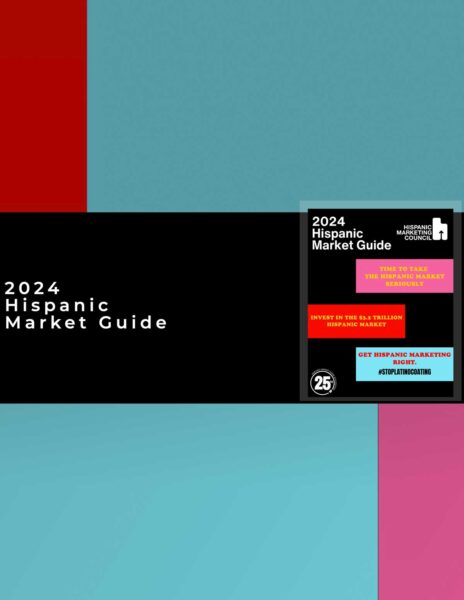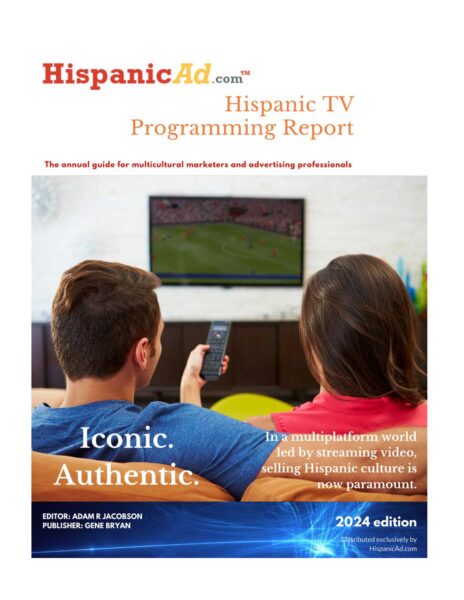What the real growth of Spanish speakers means to Media reach & effectiveness
February 14, 2012
Acculturation:
The growth of the Hispanic market between 2006 and 2016 is estimated to be 31%. In terms of acculturation, the story is:
14% Hispanic Dominant
43% Bicultural
61% U.S. Dominant
(Source: Cheskin Added Value/Census Projections/ACS Acculturation proxy)
This significant change in acculturation is a result of:
1. A slow-down in immigration
2. Immigrants having families with children who grow up Bicultural
3. And to a lesser, yet important degree, immigration policies
Though language isn’t the only predictor of acculturation, it is one of the most important. This suggests that the proportion of Spanish-dominant adults is diminishing relative to English-dominant speakers. Note I underline “proportion” because the real number of Spanish-speaking households is likely to grow about 8% in the next 10 years according to our calculations (based on ACS data).
What all of this suggests to us is that:
The Hispanic market is and will continue to speak more English than Spanish
But, the total number of consumers that speak mostly Spanish will continue to rise nonetheless (because the macro size of the population will continue to grow, as will the Spanish speaking constituency within it)
So companies may change the formula for how they spend against Hispanics overall (i.e., up the Bicultural outreach), but the effort to capture the Spanish-speaking population may not be dialed down
Media Reach:
How does this impact media? This means that- all else equal- English language media is likely having a bigger reach than it was back in 2006. The rise of Biculturalism means more of the Hispanic market is being exposed to English language media than ever before.
Compounding the matter is that Spanish language TV options, unless you buy into a higher more expensive tier, are dwarfed by English language options. Meaning that those that prefer Spanish may be consuming lots of English language media in order to balance their check books.
So at the end of the day, English language media is likely to reach more Hispanics.
Media Effectiveness:
But the fact that there could be more reach doesn’t mean that the message will be equally effective. Hispanics may gain awareness from English language media, but does the message resonate? There is a plethora of information that suggests that Spanish language media is more effective than English language media. But here’s the catch, even though Spanish is more effective with those that are dependent on Spanish because it’s the language they understand, our experience indicates it’s also very effective with those that speak both languages.
So let us imagine that all Hispanics were suddenly Bicultural, thus spoke both languages and were exposed to both English and Spanish language media. Which would be most effective? In our opinion, the more culturally relevant media. Would a culturally relevant ad in English do the job? Perhaps, though the fact that it’s in Spanish lends credence to the cultural relevance of the message.
In summary, the fact is that not all Hispanics are Bicultural, and Hispanic Dominants (in real numbers) will increase in size. Although English language media has reach power with Hispanics, it is not as effective in winning the Hispanic market. As long as the market is composed of Hispanic Dominants and Biculturals (which it will in looking at our projections through 2020), then Spanish language will continue to be necessary to win the market. At least for now…
Written by Miguel Gomez Winebrenner, Vice President, Cheskin Added Value. Miguel guides clients in achieving a new and nuanced understanding of Hispanic market opportunities.































